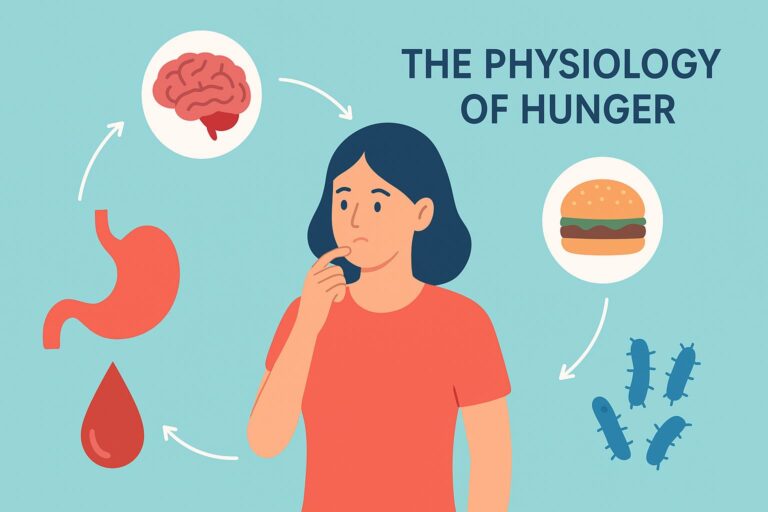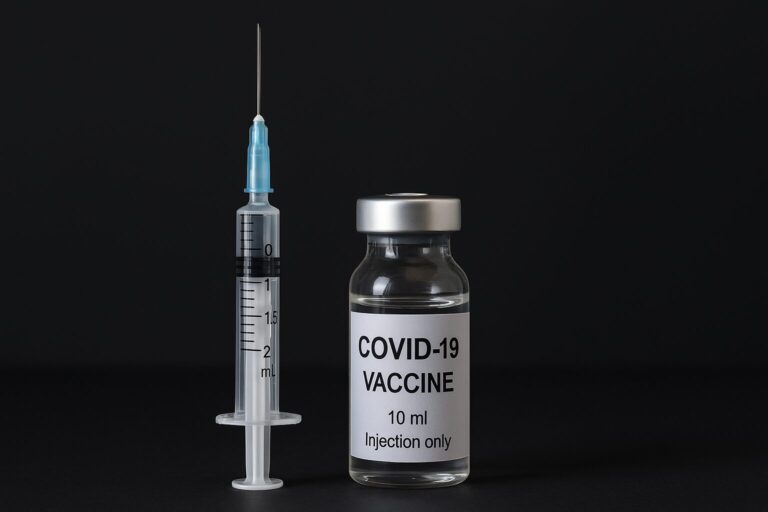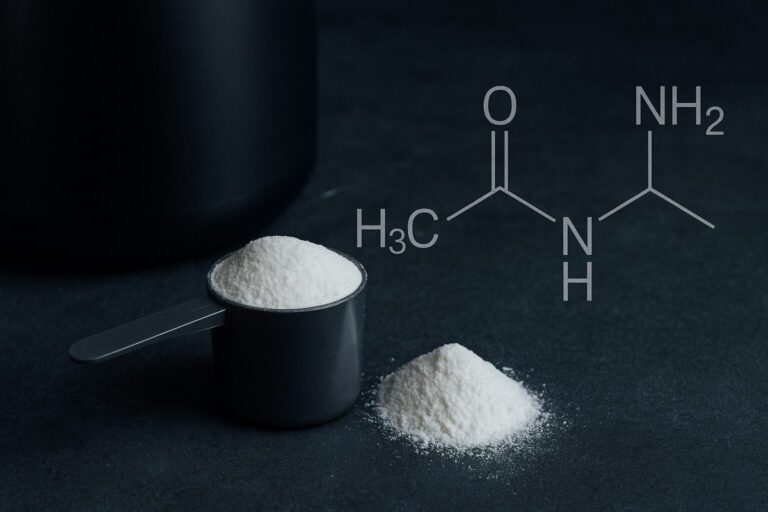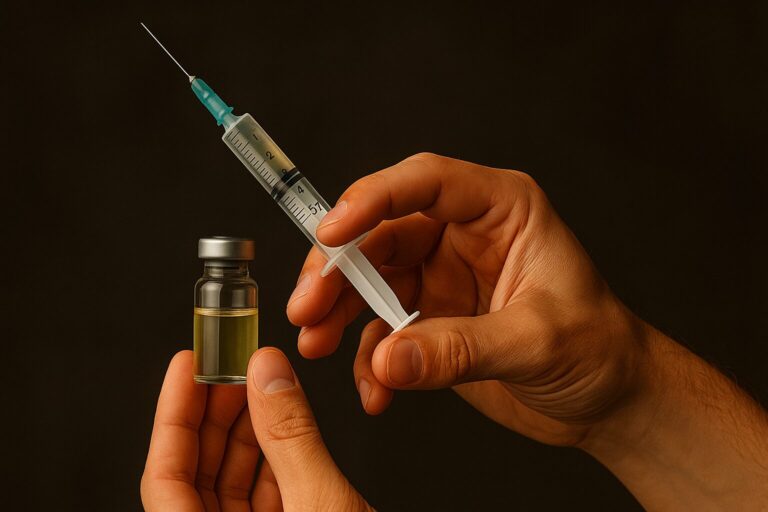
It is no secret that children today move less than ever before. Screens, urban lifestyles, and changing school routines have dramatically reduced daily physical activity. Concerned about this trend, researchers worldwide have been investigating what kind of exercise works best for young people.
A recent paper published in Scientific Reports (Nature Publishing Group, 2024) sheds valuable light on this question. The article, entitled “Effects of Different Types of Exercise Intensity on Improving Health-Related Physical Fitness in Children and Adolescents: A Systematic Review,” was written by Xianxian Zhou, Jiayu Li, and Xiaoping Jiang from Zhejiang Normal University, located in Jinhua, Zhejiang, China.
The authors’ motivation was clear. Childhood obesity and sedentary habits have reached alarming levels worldwide. Global statistics show that the prevalence of obesity among children and adolescents increased from 0.7% to 5.6% over recent decades. This surge has been accompanied by a rise in chronic illnesses, including type 2 diabetes, cardiovascular disorders, and psychological distress.
The World Health Organization recommends at least 60 minutes of moderate-to-vigorous physical activity per day for children and teenagers. Yet, over 80% of adolescents fail to meet this target. This shortfall led Zhou and her colleagues to ask: What type of training—low, moderate, or high intensity—brings the most significant improvements in physical health?
To answer this, they conducted a systematic review, one of the most rigorous methods in scientific research. The team followed the PRISMA and Cochrane Handbook guidelines, ensuring transparency and replicability in their analysis.
Their search strategy spanned four major academic databases—PubMed, Scopus, EBSCO, and Web of Science—and covered all relevant literature up to June 2024. Out of more than 10,000 studies initially identified, only 30 met the strict inclusion criteria.
These studies involved 6,494 participants aged 5 to 18 years, across 15 countries, including the United States, Canada, Brazil, Denmark, Spain, China, and Australia.
Each study compared different exercise intensities—from low-intensity aerobic training to high-intensity interval training (HIIT)—and evaluated outcomes such as body composition, cardiorespiratory fitness, muscular strength, endurance, flexibility, and metabolic markers.
To ensure data quality, the authors assessed each paper using the PEDro scale, a tool that scores methodological rigor from 0 to 10. Most studies rated in the medium-to-high range, ensuring the reliability of the overall conclusions.
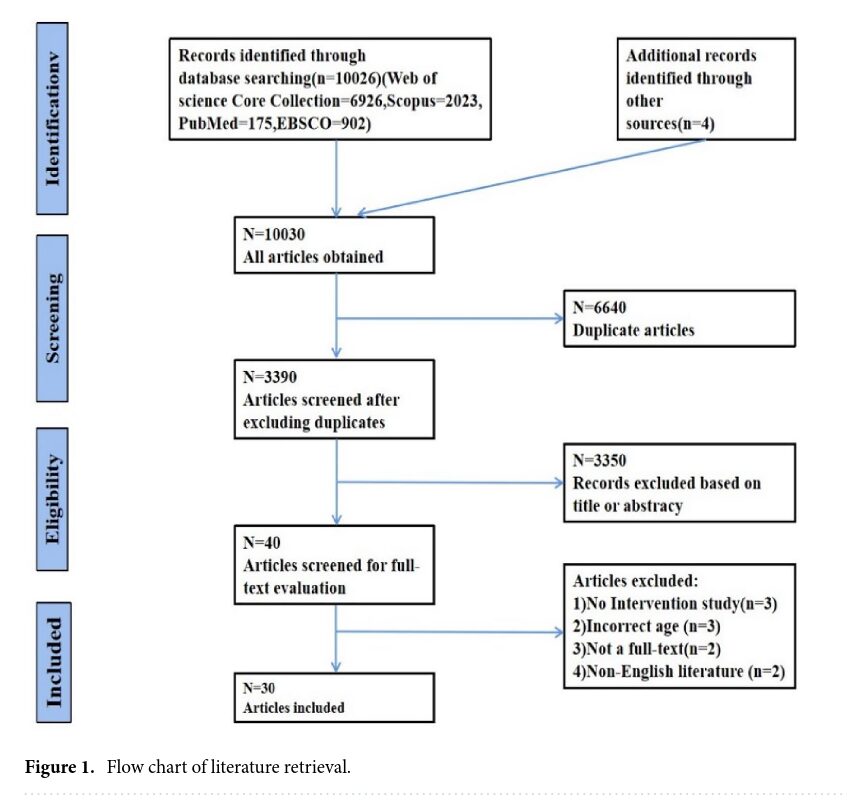
After synthesizing the data, the team discovered a clear trend: high-intensity training consistently produced the most substantial improvements in health-related physical fitness among children and adolescents.
In terms of body composition, 9 out of 11 studies showed that high-intensity protocols reduced body mass index (BMI), body fat percentage, and waist circumference more effectively than moderate or low-intensity exercise.
One standout example came from Tadiotto et al. (2023), whose 12-week HIIT program significantly reduced waist-to-height ratio, LDL cholesterol, and inflammatory markers in overweight adolescents.
Another study by Benson et al. (2008) found that progressive resistance training at high intensity led to meaningful improvements in body fat percentage and lean mass within just eight weeks.
These effects were not merely cosmetic. Reductions in visceral fat—the type surrounding internal organs—are strongly linked to decreased long-term disease risk.
Beyond appearance, cardiopulmonary function (CRF) also improved dramatically with high-intensity programs. Sixteen studies analyzed CRF outcomes, and nearly all confirmed superior gains in endurance, VO₂ max, and vascular health in children exposed to higher-intensity efforts.
For instance, Bond et al. (2015) demonstrated that high-intensity interval exercise offered better vascular protection than moderate training, even when total exercise time was shorter.
Likewise, Farpour-Lambert et al. (2009) showed that consistent high-intensity exercise could reduce blood pressure and early signs of arterial damage in obese children before puberty.
Metabolic health also benefited. Studies observed improved insulin sensitivity, lower triglycerides, and reduced inflammation following vigorous interventions.
The HEPAFIT trial led by Ramirez-Velez et al. (2022) found that intense aerobic and resistance training helped regulate inflammatory interleukins, suggesting potential protection against type 2 diabetes and cardiovascular disease.
Even short bouts of high-intensity effort were impactful. Burns et al. (2012) reported that brief sprint intervals could improve oxygen uptake and lower blood pressure in teenagers.
The evidence on flexibility was less clear. Only two studies assessed it, and results were mixed. Some participants improved slightly, but most did not. Researchers believe this might be due to the short duration or insufficient frequency of HIIT programs.
When it came to muscle fitness, the pattern was unmistakable. Four out of five studies showed that high-intensity training enhanced muscular strength, endurance, and bone density.
A pivotal trial from Larsen et al. (2018) found that a 10-month school-based high-intensity physical education program significantly boosted bone mineral density and muscular development among children aged 8 to 10.
This supports the broader idea that youth strength training, when properly supervised, is safe, effective, and essential for long-term health.
But why does intensity matter so much? Physiologically, vigorous activity increases adrenaline and noradrenaline, accelerates post-exercise oxygen consumption (EPOC), and stimulates mitochondrial biogenesis—the creation of new energy-producing organelles in muscle cells.
These processes raise the body’s resting metabolic rate, improve fat oxidation, and enhance aerobic and anaerobic capacity even after the workout ends.
The authors argue that high-intensity training is not only efficient but also time-effective, making it particularly suitable for school settings where time is limited.
They recommend that schools integrate structured HIIT-style sessions—such as short bursts of sprints, circuit training, or competitive team games—into physical education curricula.
The review also acknowledged limitations. Many of the analyzed studies had small sample sizes, short durations, or limited blinding, which could affect generalizability.
Moreover, most research came from developed nations, highlighting the need for similar trials in underrepresented regions, where youth inactivity and obesity are also major issues.
Nevertheless, the conclusions remain compelling. High-intensity exercise emerges as a powerful and scalable intervention for improving the physical health of children and teenagers worldwide.
By enhancing body composition, cardiovascular efficiency, and muscular strength, HIIT-based programs can counteract the effects of modern sedentary lifestyles.
For parents, coaches, and educators, the message is simple: effort intensity matters more than session length. Even short, challenging sessions can produce measurable health benefits when performed consistently.
For policymakers, this evidence underscores the importance of school-based exercise reform—prioritizing movement quality and engagement over mere participation.
From a scientific standpoint, Zhou and colleagues have built a robust foundation for future meta-analyses and experimental interventions in pediatric exercise physiology.
Their review bridges the gap between academic theory and practical health promotion, showing that high-intensity training can redefine how we think about children’s fitness.
At Forge Biology, we see this as more than data—it’s a call to action. Exercise science is not just about performance; it’s about building stronger, healthier generations through evidence-based training.
So, whether you’re a coach, a parent, or simply someone passionate about fitness science, join us at Forge Biology.
Explore research like this, understand the mechanisms behind human adaptation, and take part in shaping the next frontier of applied exercise science.
Because forging biology—one rep, one breath, one study at a time—is how we evolve.
Reference:
Zhou, X., Li, J., & Jiang, X. (2024). Effects of different types of exercise intensity on improving health-related physical fitness in children and adolescents: a systematic review. Scientific Reports, 14(14301). Zhejiang Normal University, China. https://doi.org/10.1038/s41598-024-64830-x
Forge Your Mind. Build Your Biology.
Join the Forge Biology newsletter — where science meets strength.
Every week, you’ll get:
-
Evidence-based insights on training, performance, and recovery
-
Real analyses of supplements that work (and the ones that don’t)
-
Deep dives into hormones, nutrition, and human optimization
No fluff. No marketing hype. Just data-driven knowledge to build a stronger body — and a sharper mind.
Subscribe now and start mastering your biology.


